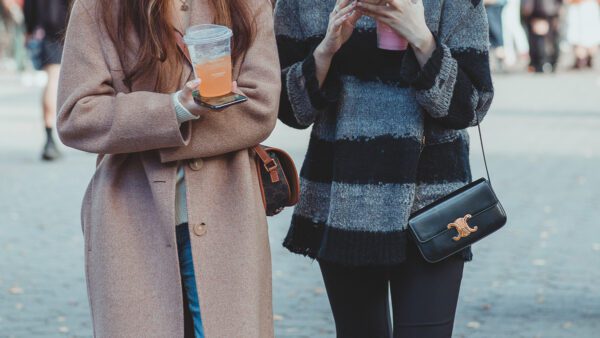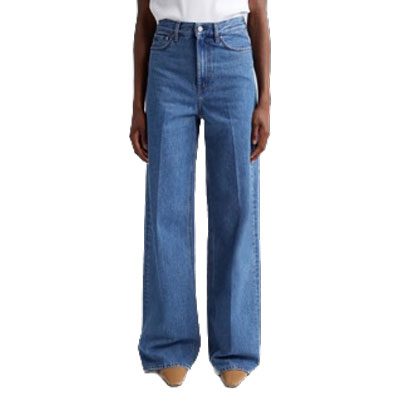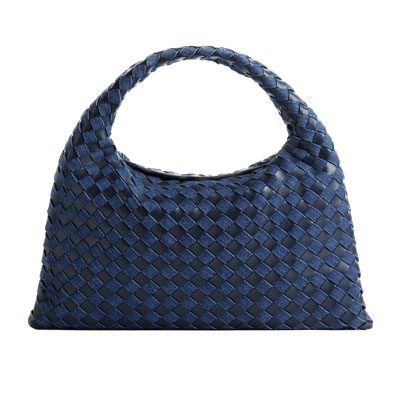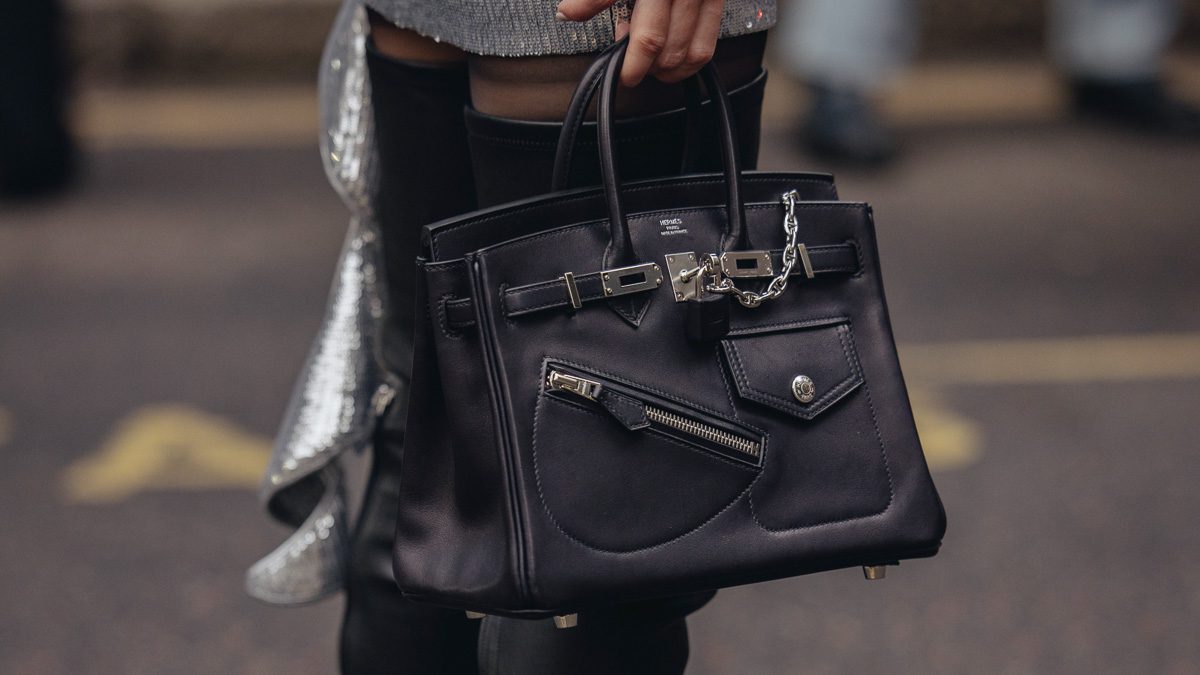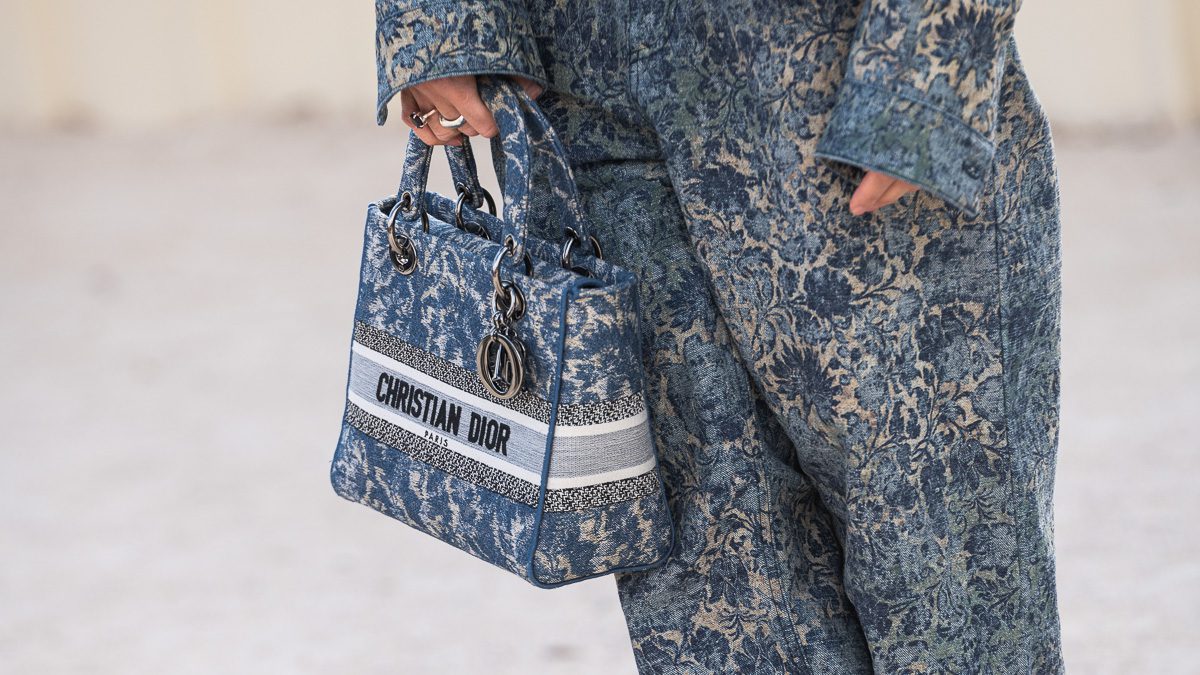Picture this: you spend many months or even years saving money for a bag that was the object of your affection for nearly twice as long. You were diligent and patient in your bag-buying approach; Cutting expenses here, scrutinizing the cost of others there, always checking your budget tracking sheet. You know that hard-earned money could have been used on dozens of creamy coffee orders, boutique fitness classes, and a new tire for your car, COMBINED, but still you continued to save because you knew what you truly wanted.
Your new bag finally arrives and you’re over the moon. You wear it with everything. Its beautiful color makes you feel extra cute and stylish even while doing the most mundane errands. One day when you least expect it, while the sun is shining and the birds are chirping, your thousand-dollar baby gets ruined by a $60 pair of jeans.
Congratulations, you have been a victim of the dreaded dye transfer.
Most handbag lovers seem to have a love/hate relationship with dye. We love a good dye job, especially when done in an exclusive shade, but color transfer and staining still happen to the best of us, so it feels like we are at the mercy of color compounds that are damaging to both our bags and the planet alike.
Green is the New Black
The textile industry is routinely rated as a top environmental polluter because the process of dyeing requires tons of water (roughly 25-40 gallons per two pounds of material.) That same wastewater goes back to the lakes and rivers carrying chemical contaminants that wreak havoc on the surrounding ecosystems.
While environmental specialists are busy finding new ways to dial back the use of harsh dyes and to preserve water, we’ve got to do our best with what we’ve got until a better, less-contaminating, and more rub-proof solution comes along.
So here are some things I think newbies should know about a bag’s dye job, pre and post-purchase:
Seal the Deal
One factor of the dye transfer problem is the wearing away of the outer sealant. If you’re comfortable with it, you can spray an extra layer of sealant on your bags or your clothes to protect them from staining. There are many different types of spray and pomade sealants that offer various levels of protection. Some are strong and permanent while others may be more flexible and temporary.
I have never personally used one, so I encourage anyone who has to give a shout out/ recommendation to it in the comments!
Scrub-A-Dub-Dub
Like most things, your bag needs a good scrub down every so often. Yes, even your travel cases and smaller leather goods. For those tough dark stains, you will most likely need to send it to a professional. It’s unfortunate and a pain in the butt but it is what it is.
Professional cleaning services from The Handbag Spa, Leather Surgeons, and Handbag Clinic will cost you upwards of $80+ depending on the color, year, and condition your bag is in, but if it’s in real need of TLC you can go for a full restoration session or complete redye.
Lookin’ for a New Do
If you’re just dying for a new dye job, you can have the purse completely recolored. This will usually run you somewhere in the $500+ range – quite the pretty penny. Obviously, it’s easier to go from light to dark than the reverse, but any redyeing service is not without its limitations.
Since handbag restorationists typically airbrush the material, you need to take extra consideration when buying bags that have custom dye colors, metallics, or are made of patent leather. These oftentimes make the bags harder or impossible to redye and restore. (Ugh, ask me how I know….)
If you do choose to have the bag redyed, some places will let you pick which outer sealant you want. Generally speaking, the shinier the finish, the tougher the sealant.
Beach Babes Beware
When it comes to prevention, those of you living in coastal locations should be extra careful. Warm, humid, salty air breaks down sealants and exposes you to dye transfer much faster than cooler, drier air does. It might be best to opt for bags of other materials if the air is sticky for 300 days of the year where you live. Bags made out of raffia, nylon, vinyl, and PVC are all popular options.
Handle with Care
Try to only pick your bag up with clean hands. And by clean, I also mean free of any lotions, hand sanitizers, perfumes, etc. Cosmetic chemicals can break down the dye where you grab the handles and shoulder strap. If you’re like me and constantly reapply hand cream, wrap a cute twilly on the handle to make your life easier.
Make Over Market Price
Whether you seal, routinely clean, or just only wear dark colors with dark bags and light colors with light bags, really try to preserve your bag’s dye job. Getting a bag redyed can be a fun and exciting endeavor but unfortunately, it tanks the bag’s resale value. Time takes its toll on all things but people are hesitant to drop loads of cash on something they don’t think was cared for well-enough the first time around (whether it’s true or not.) Some say that second dye jobs are pretty but they change the feel of the material, so you should always consider both the current value and extent of the damage before deciding to send it off for a make-over. Redyeing should be reserved for bags that you personally have a sentimental attachment to or something you got at a great price and would matter-of-factly be improving.
We can all agree that taking care of a beautiful bag definitely comes with a price, but I want to know what you all think:
- What is your dye transfer horror story?
- Have you ever tried a spray sealant? Did it work?
- What do you think about redyeing? Would you buy a bag that had been redyed?




